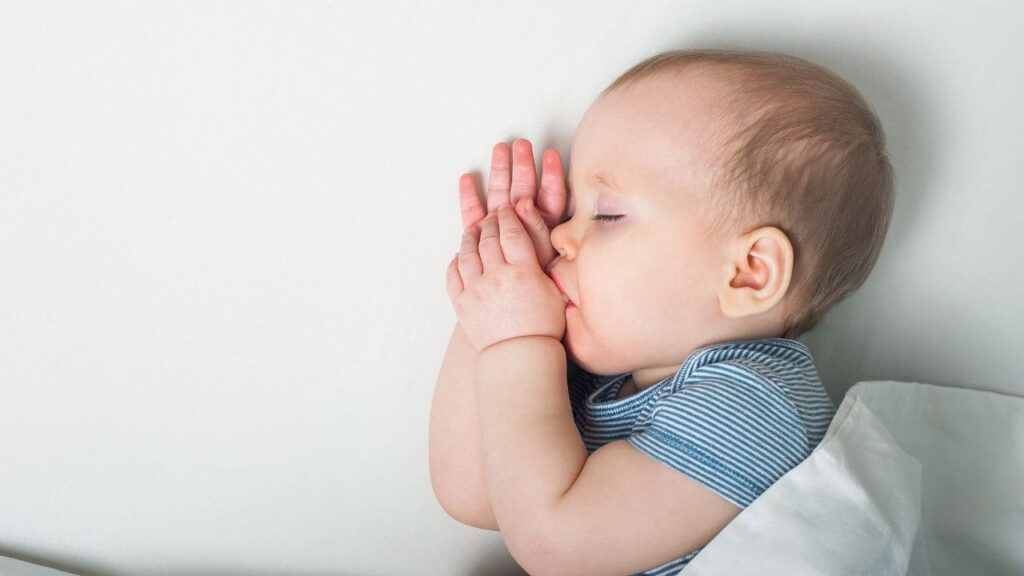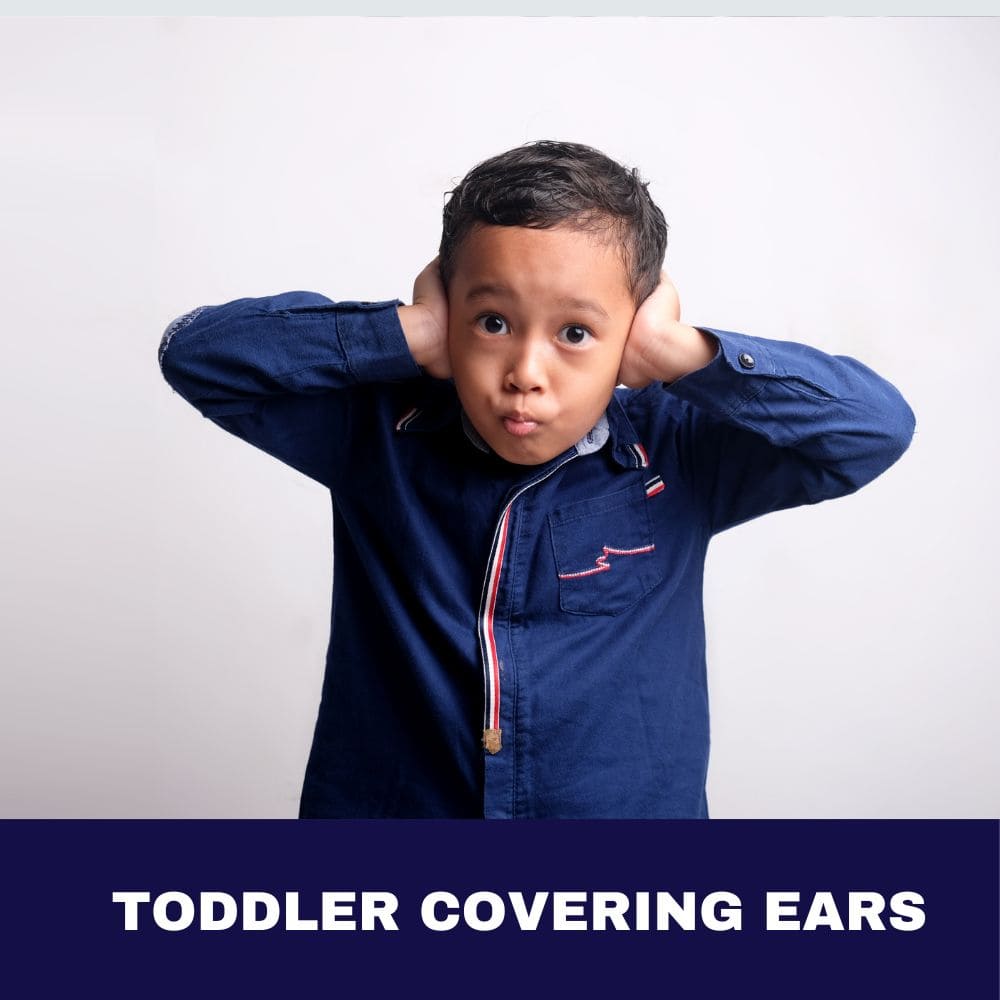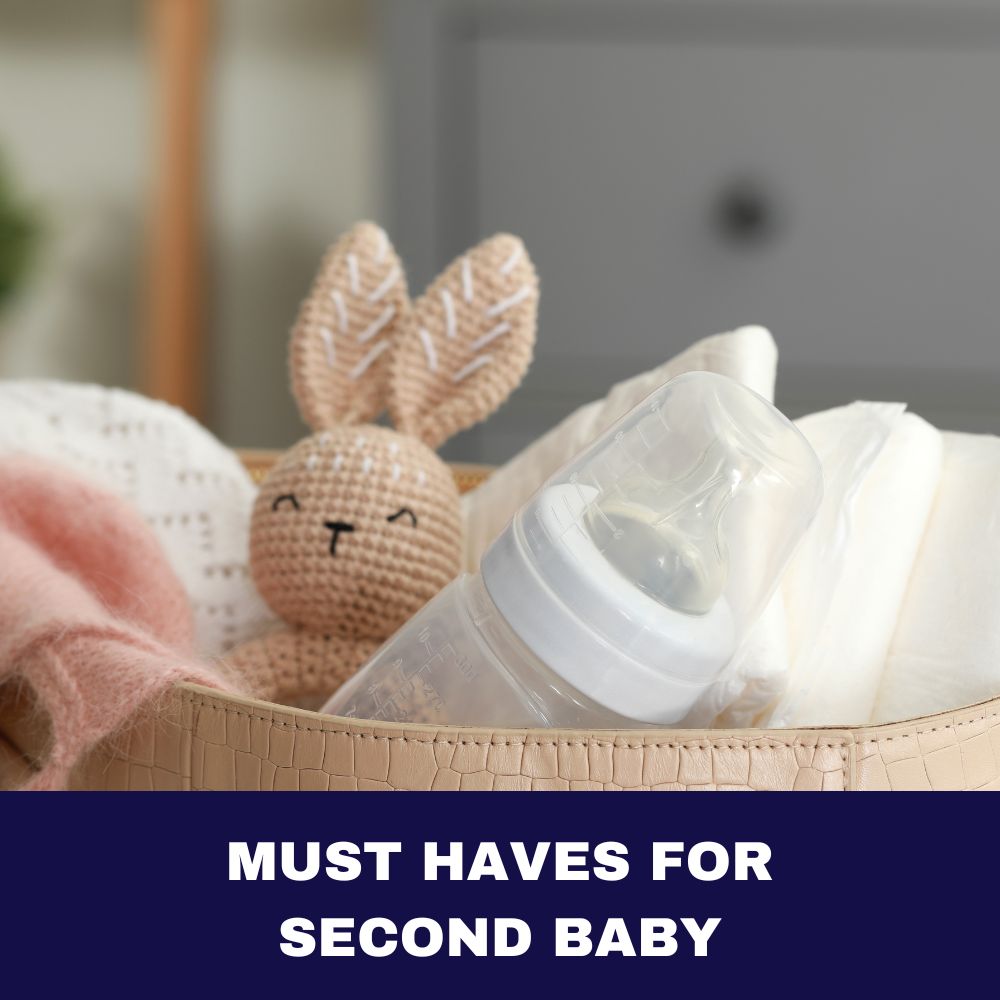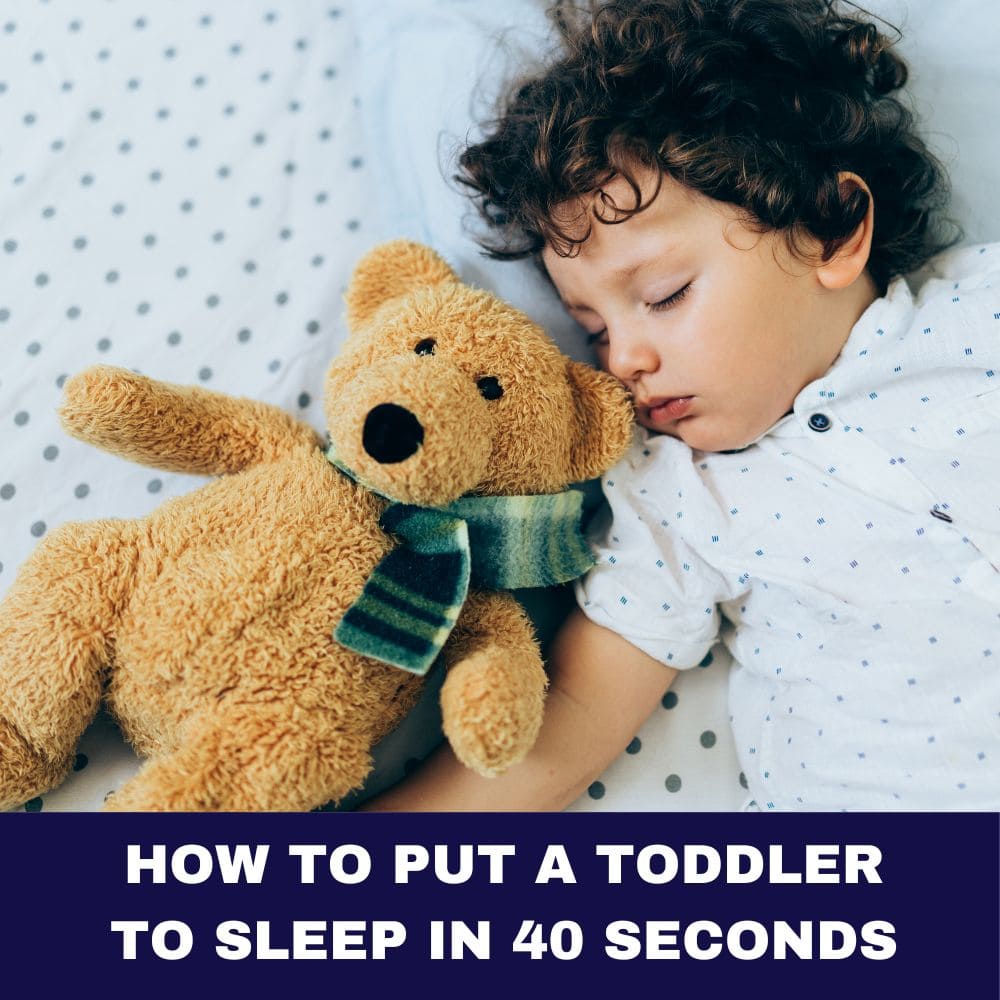Making the transition from crib to a big kid bed toddlers aren’t ready for is an exciting milestone, but at what age do you make the switch if your child shows signs your toddler is not ready for a bed ? Every little one meets sleep readiness milestones differently, so while many tots transition between 2-3 years old, rushing into a toddler bed transition before yours is truly prepared according to key indicators could risk their self-regulation skills.
As a busy parent, discerning the ideal timing for a crib to bed transition can be confusing when faced with surprising signs your toddler is not ready for a big kid bed just yet. While some 2-3 year olds adapt quickly to toddler beds, development experts caution moving too fast risks undermining recent potty training capability gains. Here are 7 tell-tale indicators from child development research suggesting you may benefit from keeping your tot snug in the crib a bit longer.
When is the right age make the crib to toddler bed switch if you notice signs your toddler is not ready for a bed? Every child meets sleep readiness milestones differently between ages 2-3 years, so tuning into your little one’s needs is key. While many parents rush into transitions before their tot shows capability due to sibling space limitations, trying too soon could negatively impact emerging skills.
What Age Should You Do the Crib to Bed Shift?
While you’ve likely heard most toddlers transition between 2 and 3 years old, every parent (and pediatric sleep consultant) will tell you there’s no “one right age.” The 2-to-3-year mark does coincide with significant mental and physical development, but some kids show sleep readiness signs sooner and others later.
As a baseline, toddlers will typically reach necessary milestones in the 18-to-24-month range regarding mobility, following safety rules, and communication skills. However, just because little Maya can climb, stack blocks, and shout “No, Mama!” at 19 months doesn’t necessarily mean she should switch sleep spaces.

Here are some key signs of toddler sleep unpreparedness that suggest keeping a toddler in the crib a bit longer:
They Still Require Regular Daytime Naps
If your kiddo still depends on one or two solid daytime snoozes past age 2, they likely need the cozy crib to drift off properly overnight too. Inconsistent sleep locations and variable nap routines often mean changing the sleep space causes anxiety.
Next Step: Gradually shift nap locations and work on self-soothing skills first. Mastering independent sleep better equips them to transition between beds.
They Experience Severe Separation Anxiety
Intense separation anxiety at bedtime can undermine calming routines, escalating bedtime battles. The openness of a big kid bed paired with this stress may be too much too soon.
Next Step: Gradually build autonomy through day play before expecting independent sleep in a bed. Provide extra verbal reassurance at bedtimes.
They Have Frequent Night Wakings
Whether from growing pains or overactive minds, frequent night wakings beyond 18 months often mean needing crib boundaries at this stage. otherwise, the new freedom of a bed can translate into playtime temptation!
Next Step: Prioritize self-soothing foundation-building first. Mastering sleep independence in the crib better equips them to self-regulate when facing bed stimulation later.
Potty Training is Still a Work in Progress
Switching prematurely to a big kid bed when potty training is still in process can easily undermine recent progress. Waterproof mattress pads only go so far if accidents cascade!
Next Step: Ensure total nighttime bladder and bowel control before introducing bed freedom to nurture capability.
They Have Limited Verbal Communication Ability
Being able to readily express needs like, “Mommy, I’m cold!” during the night eases frustrating crying scenes. Toddler bed transitions flow much smoother with well-developed language skills.
Next Step: Build needs-based daytime vocabulary first. Model self-soothing language examples to expand capability.
They Have Unsteady Walking or Physical Coordination
If your toddler lacks climbing skill or tires easily, use caution with toddler bed selections. Choose lower-profile, enclosure-style beds with sturdy guardrails to enable safe mobility.
Next Step: Allow full strength and coordination development before expecting reliable railing use overnight. Reinforce daytime safety rules.
They Have No Set Sleep Location Preference Yet
While snuggly, if your tiny tot sleeps equally well bedsharing or in random spots, they likely rely on the crib’s physical boundaries for best rest. Resisting bed confinement is normal at this stage.
Next Step: Once reliable crib sleep emerges, foster mobility skills allowing safe bed rail use during day play.
While every child meets milestones differently, watching for these red flags provides helpful insight into whether your toddler will settle into dreamland easier by keeping the crib a little longer.

What Age Should the Crib to Bed Shift Happen?
Child development research indicates most toddlers successfully transition between 2-3 years old̶preferably closer to three. But since every tot follows their own timeline, discerning readiness based on your child’s unique needs is key.
While an earlier toddler bed transition works for some tots, goal-oriented three year olds often comprehend safety rules better and possess maturity to stay in bed overnight. They also typically gain strength around this age to get in and out of bed more safely.
If your family has a new baby due needing the crib space, take caution not to rush the toddler bed change. Short-term crowded sleeping arrangements are worthwhile to avoid long-term sleep setbacks for your eldest if the crib vs toddler bed debate remains up in the air.
Why Wait Until Age Three for the Crib to Bed Shift?
Here’s some compelling reasons to consider waiting until your tot turns three before doing the bed switch:
Increased Safety Risk
Between the ages of two and three, your ever-curious kiddo becomes a professional climber, often scaling bookcases and kitchen counters with ease long before fully grasping safety rules. Unfortunately, a toddler bed allowing greater injury risk may unsettle all.
Your chatty, newly-potty trained three-year-old better comprehends the importance of staying put overnight and properly using bed rails for safety. While two years old signals go time for many, three often means greater capability.
Maturity Advantages
While many adorable chatterbox two year olds possess enough language skills to agonize over bed envy, their limited emotional regulation and impulsivity still require containment at times to avoid toddler sleep problems. For example, spitefully removing diapers or playing flashlight tag at 2 AM!
Your focused, eager-to-please three-year-old more likely resists such exhaustion-fueled toddler bed temptation, not wanting to miss any next-day fun. They better understand the privileges and responsibilities of big kid sleep freedom too.
So while spunky little two year olds clamor excitedly for a coveted bed, evaluate if their development truly signals readiness across all skills needed to transition smoothly. Your wise, confident three year old more often values sleep and has the maturity it takes to thrive from the independence while staying safe.
How Do I Know if My Toddler is Not Ready for A Bed?
Even if your toddler falls within the typical 2-3 year transition window, how do you discern if now is truly the best choice for your child? Here are 2 developmental red flags suggesting it may be better to wait:
1. They Are Still Struggling With Sleep
Unresolved sleep struggles like frequent waking or difficulty drifting off alone often resurface or worsen with a toddler bed. Work on building healthy self-soothing skills first.
Mastering reliable, independent sleep onset in the crib space lays the optimal foundation before facing bed stimulation. Take it slow by focusing on existing capability.
2. You Cannot Yet Totally Toddler-Proof Their Sleep Space
Curious climbers scaling furniture with ease demonstrate a key sign of lacking security rule comprehension. Prevent injury and sleep disruption by ensuring your child reliably stays put first before introducing mobility risk. Confine securely while maturing.
Practice following multi-step safety rules during the day. Model proper bed railing use and reinforce the stay-in-bed expectation. Build comprehension before freedom.
Conclusion
As exciting as transitioning your toddler from a crib into a big kid bed can be, rushing the switch before they are truly ready developmentally risks their security and sleep success. By paying attention to key indicators like those above that signal your child may still benefit from a cozy, enclosed crib, you can make the wisest choice for their health and wellbeing.
While every tot follows their own timeline, tuning into your little one’s unique developmental pace and current sleep needs offers helpful insight. Trust those maternal instincts as you evaluate your child’s maturity and skills through the lens of these toddler bed transition readiness tips.
Empowered with this knowledge and perspective, you can transition toddler beds with confidence once the maturity is there, not based on age alone. Soon enough, you’ll have the privilege of wishing your darling child sweet dreams in their new beloved bed rather than just saying “night night” as you close the crib rails.
FAQ – Signs Your Toddler is Not Ready for a Bed
What is the ideal age to introduce a toddler bed?
While the American Academy of Pediatrics suggests any time between 18 months to 3 years old may work, most pediatric sleep professionals recommend closer to 3 years old for best outcomes related to safety, security, and sleep quality.
Can I start with a toddler bed instead of immediately using a regular twin bed?
Yes! Using a transitional toddler bed with guardrails can provide both freedom and fall protection as they adjust to the new sleep space before switching eventually to a twin bed without rails.
How can I ease the toddler bed transition for my 2 year old?
Gradually use the bed for daytime reading or naps first, establish consistent sleep associations like white noise and loveys from the crib to maintain, and offer rewards for staying in bed overnight.
What if my toddler ends up in my bed overnight – is that ok?
Occasional family bed snuggles are fine, but aim to consistently return them to their own sleep space before morning to reinforce desired behavior and maintain parental boundaries.
Should I wait to switch to a big kid bed until my toddler is fully nighttime potty trained?
Yes! Switching prematurely can cause frustrating night accident clean ups. Ensure consistent overnight bladder and bowel control are established before tackling this transition.




